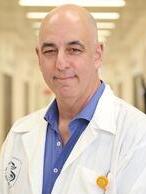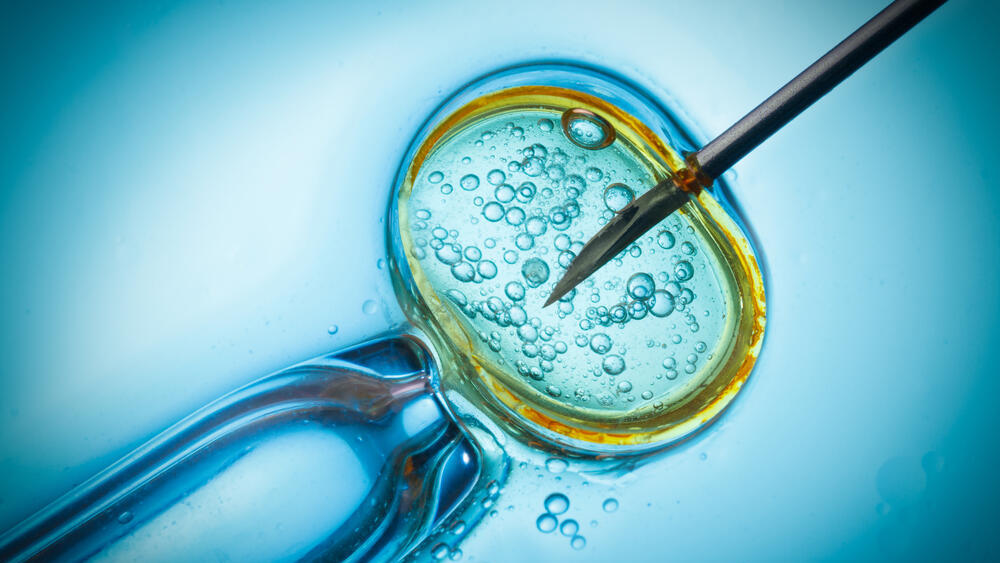Ynet learned on Sunday that the Danish sperm bank used by donors’ exports to Israel. In response, the Ministry of Health has confirmed that none of the donor’s sperm was used locally.
The incident, which remains confined to the European Union, has sparked a debate on genetic screening and surveillance. Although Israeli regulations require tests for around 300 genetic diseases, experts warn that this does not cover all risks. Israel is also lacking in a legally defined limit on the number of families can receive sperm of a single donor – a gap that could lead to half -brothers and sisters that without knowing relationships.
“There is no law that sets a clear limit,” said Dr. Micha Baum, director of the Sheba Medical Center sperm bank. “According to directives from the Ministry of Health of 2007, sperm banks should avoid having” many “children per donor, but” many “are not defined”. The internal limit of Sheba is generally up to 12 families per donor.
International sperm banks, to which many Israeli women turn to wider information, often allow much higher figures. In the United States, the ceiling is 25 children per donor per 800,000 births – a report which, if applied locally, would allow up to 100 births of a donor in the Tel Aviv region. Some European banks allow 25 to 75 or more families per donor.
The main concern, said Dr. Baum, is to prevent hidden genetic relations. “Patients are worried about accidental incest,” he noted. “Fortunately, in Israel, children born by sperm donation generally know it, and if there is a doubt, hospitals can check the files – although the identities of the donors remain strictly confidential.” He added that the limitation of offspring also helps to contain the impact if a genetic defect is discovered later.
 Dr Micha BaumPhoto: Sheba Medical Center
Dr Micha BaumPhoto: Sheba Medical CenterAccording to Baum, Israeli sperm donors can donate to a single bank. Their partial information is registered in a database of the Ministry of Health, preventing donation of benches, even years later.
Foreign donors present a greater risk, he said, because they can father dozens of children. Many Israeli women prefer donors abroad because they can access personal photos and details. “This is important for some people,” he added.
‘Some women use 40 samples’
Dr. Yigal Madjar, director of Auta Superm Sperm Bank, said the hospital’s internal ceiling was also 10 to 12 families per donor. But without binding legislation, the application of limits is difficult. “Some women use 40 samples and do not design, while others get pregnant right away,” he said. Women are required to report pregnancies, but many do not do so, especially if they move cities or change relationships.
IVF clinics and health funds’ fertility centers do not update semen banks on pregnancy results, he said. “Even when fertilization occurs, 30% of pregnancies fail. In addition, embryos are not transferred in one time. Some are frozen for later, so follow -up is almost impossible without more resources and cooperation.”
Madjar called for clear legislation: “Without structured system, it is chaos. The Ministry of Health now writes official written protocols for sperm banks, which have long been expected. ”
Ministry of Health: no donor match in Israel
With regard to the current case, Madjar said that the donor wore a rare mutation in the TP53 gene, which affects the deletion of tumors and is not included in standard genetic screening. Currently, Israel is testing donors and recipients for 295 genetic conditions, while Testing 500 Auta tests. “But we cannot test 20,000 diseases,” he noted.
The real problem, he added, begins when donor samples are sold to several countries, which makes it difficult to follow up on the total number of children generated. “Imported sperm increases the risk of genetic events simply due to the scale,” he warned.
“Israeli sperm banks operate under the Director General’s Director of 2007, who force banks to limit the number of donations per donor,” the Ministry of Health said in a statement. “Since 2021, the ministry has maintained a donor database to prevent crossed bank donations.
“Sperm banks must report to the ministry if a genetic defect is identified in a donor or offspring. The ministry then informs the relevant parties and can interrupt the use of the sperm of this donor,” he added.




